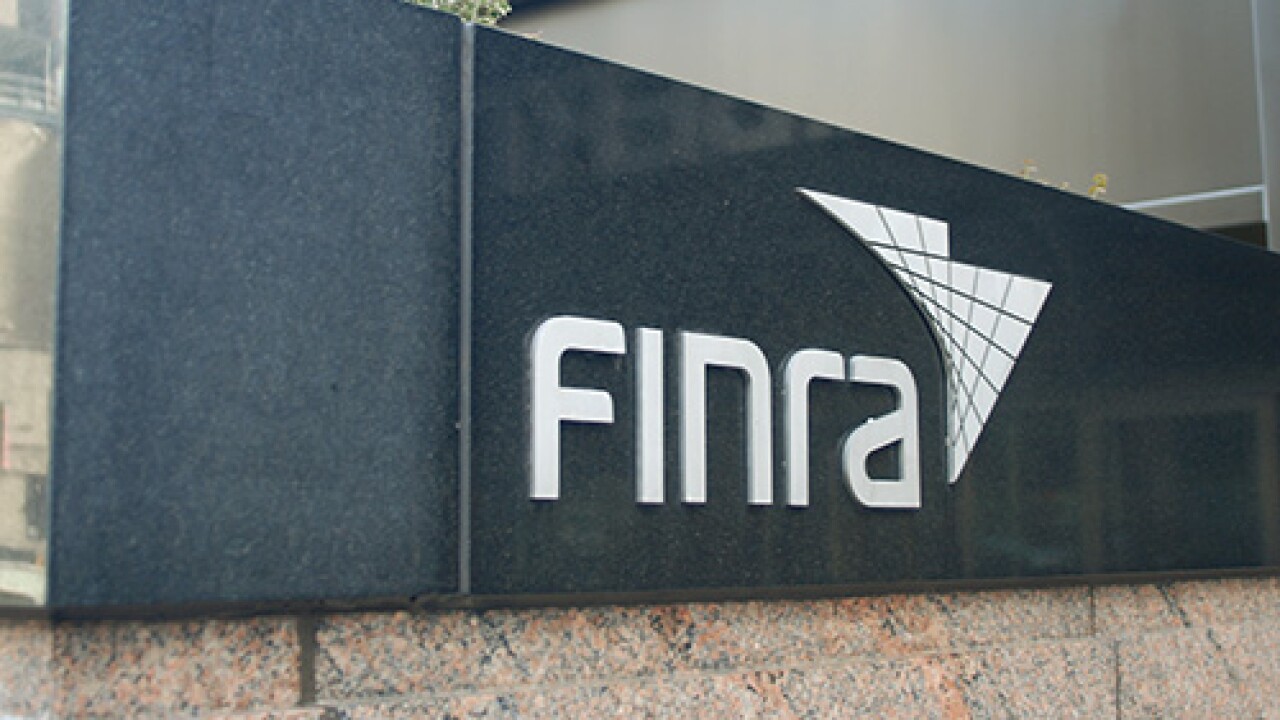In the middle of the frame sits a bespectacled gentleman, facing the screen. Behind him, the background is blurry, but the viewer can make out a couch, chair, desk, some guitars and a black-and-white sign reading, "Nobody knows anything."
"Spoiler alert: This isn't really me," says the man as the video begins. "Well, it was me, but you're looking at an AI-generated avatar. Maybe this is weird, but this is a timely topic and I wanted to get your attention."
After that introduction, the digital facsimile of John Stoj, founder of
Welcome to the future of client communications, at least for some advisors.
READ MORE:
How AI avatars work
As the
It's not just large firms that are exploring how generative AI could improve client communications.
Stoj said he has also been experimenting with Synthesia to create short educational videos, such as his FAFSA explainer.
"I haven't nailed it yet, but this is a first cut," he said. "I think it could be valuable for advisors who don't have the time to record videos every day, but who may have a treasure trove of content. People do tend to respond to video, though I'm not sure they want Max Headroom giving them financial advice."
READ MORE:
To create the videos using Synthesia, Stoj said he went through an introductory process in which he recorded a sample video. Then the video was paired with his scripted content. Among the complications he's run into is that he's had to figure out how to generate the initial video so that the "emotional" responses are more accurate instead of exaggerated.
Synthesia costs Stoj $89 per month for six avatars and 360 minutes of video per year.
"I wouldn't want the videos to be much longer than a minute anyway, so there's a lot of time available," he said.
Still in the testing phase, Stoj hasn't yet shared any of his avatar-based videos widely with his client base. But he's already spoken about it with some clients.
"They think it's a neat idea," he said.
"Most of my clients are open to new things, and they'll ignore it if they're not," he said.
'If you lose the human element, you lose the client'
For the right client type — and when expectations are set clearly — AI videos will be a
"For instance, mini-education series, onboarding client portal walk-throughs and frequently asked question responses are all practical use cases in the right context," he said.
What shouldn't get lost in the
UBS rolling out AI-generated videos of their analysts is a "bold move, and it makes perfect sense for a bank trying to stay ahead," said Paul Gillooly, a financial specialist and the director of
"But while these videos can save time, they often miss the personal touch that builds trust," he said. "If you lose the human element, you lose the client. Clients prefer to know that there is a human behind the advice, particularly where they are dealing with something as intimate as money."
Gillooly said he personally wouldn't go down the AI avatar route without seriously considering how they'll be perceived.
"AI can do the heavy lifting, such as calculating figures or summarizing reports, but there has to be an intervention by advisors for the emotional aspects," he said. "Because at the end of the day, finance isn't all about logic; it's about trust. And that still comes down to looking a person in the eye, or at least listening to their voice with real concern behind it."
When used correctly, though, Praveena Dhanalakota, CEO and founder of AI-powered personality engine
"The most successful implementations maintain a 'human in the loop' approach where advisors review and approve avatar content, ensuring authenticity and accuracy," she said.
The use of AI-enabled avatars by UBS is reflective of the "smart evolution" behind how companies are leveraging AI to meet client preferences for digestible video content, while minimizing administrative tasks, said Dhanalakota.
"I am a firm believer in the power of AI-enabled personas that will transform the way we interact with audiences," she said. "The technology allows users to communicate consistently with their community, investors, and team while focusing their time on strategic decisions and product development. Personal authenticity would remain central to implementation. As long as I can ensure that content generated by my AI persona can only be utilized by me, having an AI avatar would only streamline my workflow."
Advisors have limited time, and AI avatars can deliver consistent communication at scale while advisors focus on their irreplaceable human qualities, said Dhanalakota.
"The goal isn't replacing human interaction, but enhancing it by removing routine communication barriers," she said. "When clients receive timely, personalized responses through an advisor's avatar, they may in fact feel more connected to that advisor than if they had to wait days for human responses. The human touch remains the differentiator, but AI helps ensure it's applied where it creates the most value."





